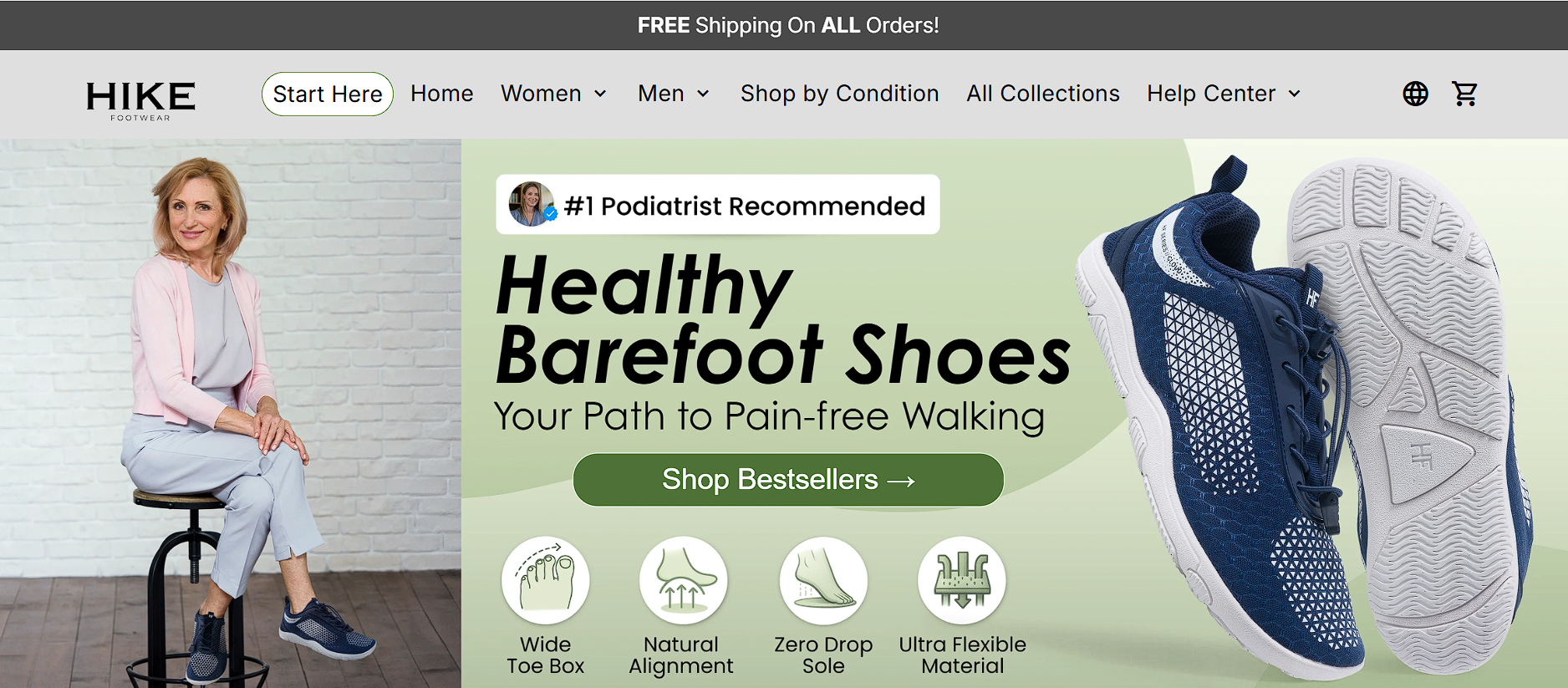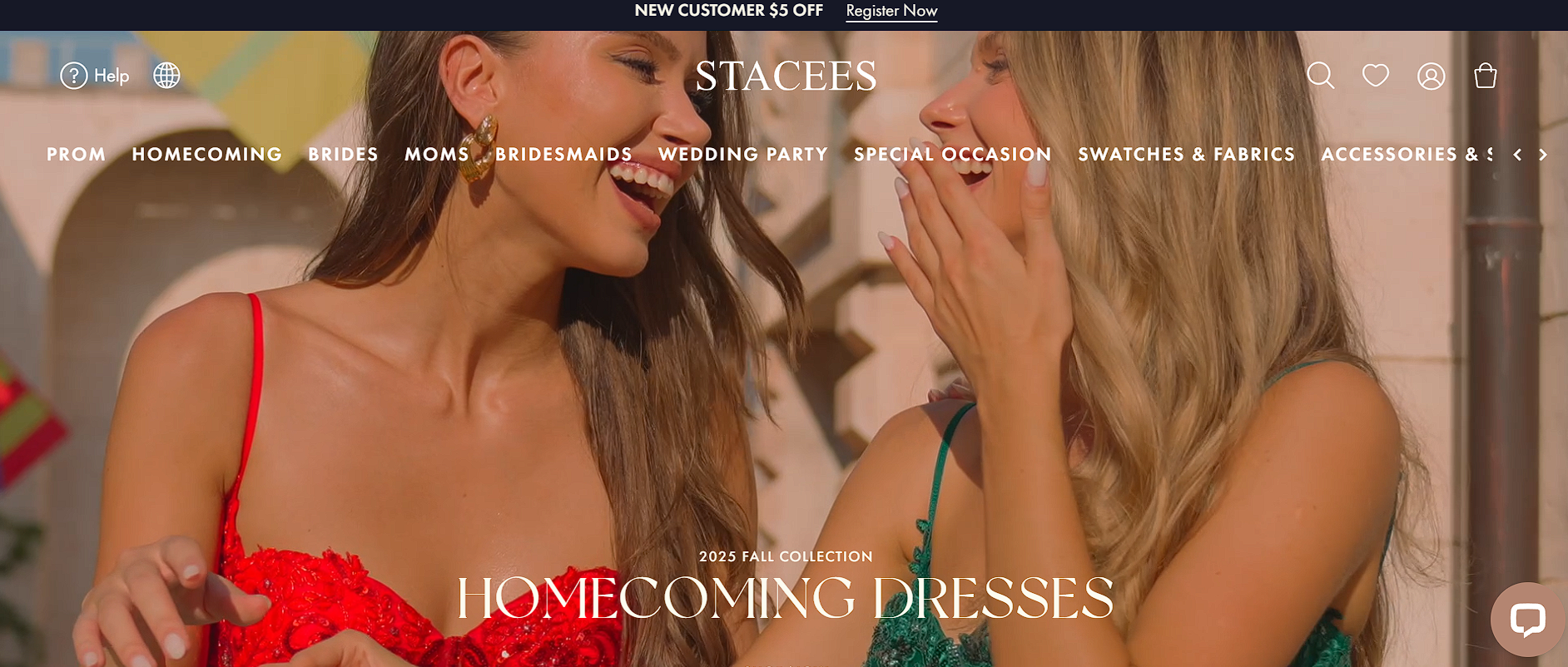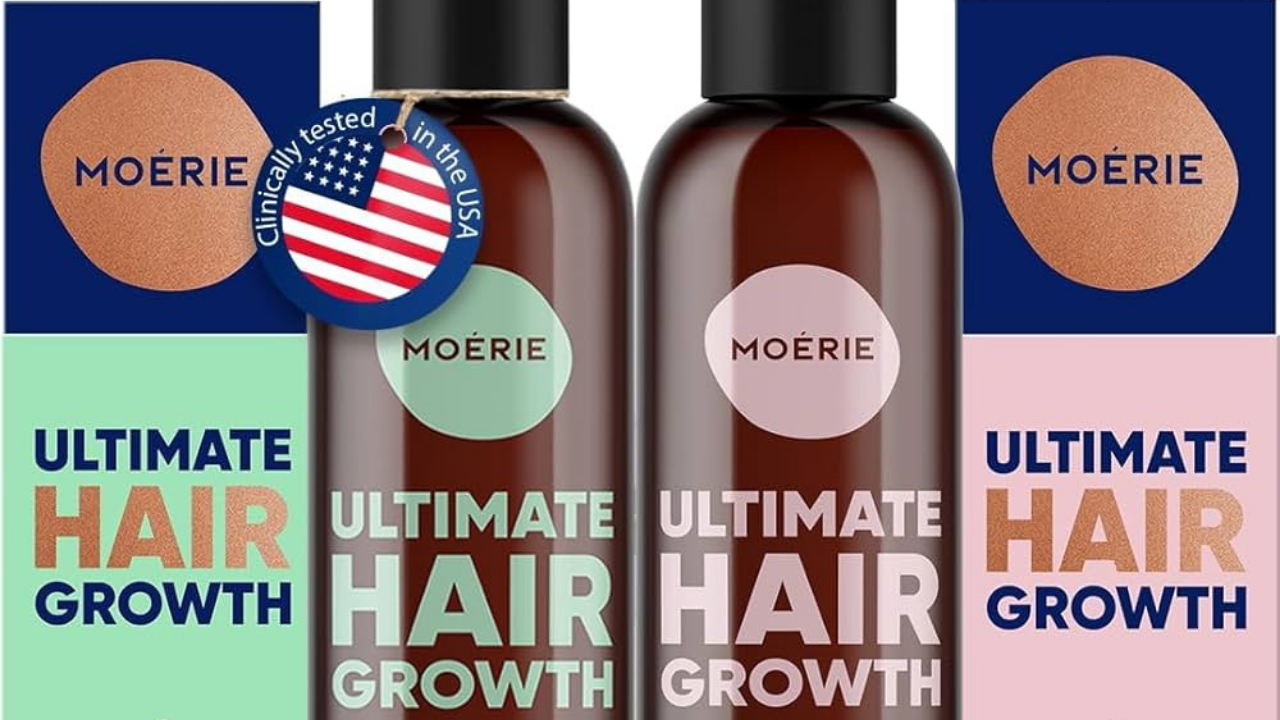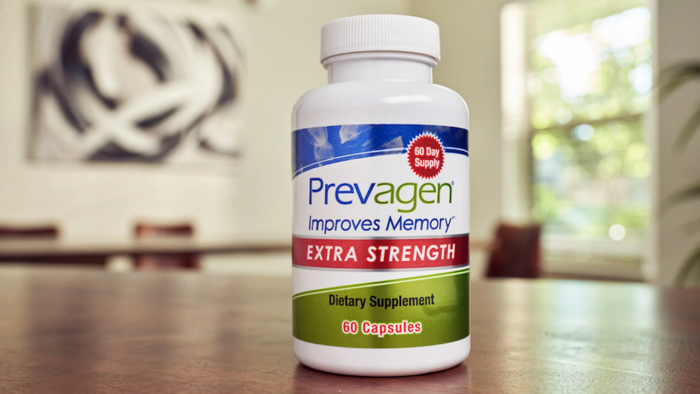When it comes to hiking shoes, the right pair can make or break your trail experience. A few years ago, Hike Footwear burst onto the scene, promising the freedom of barefoot movement with the protection of hiking shoes. But how well do they actually perform in real life?
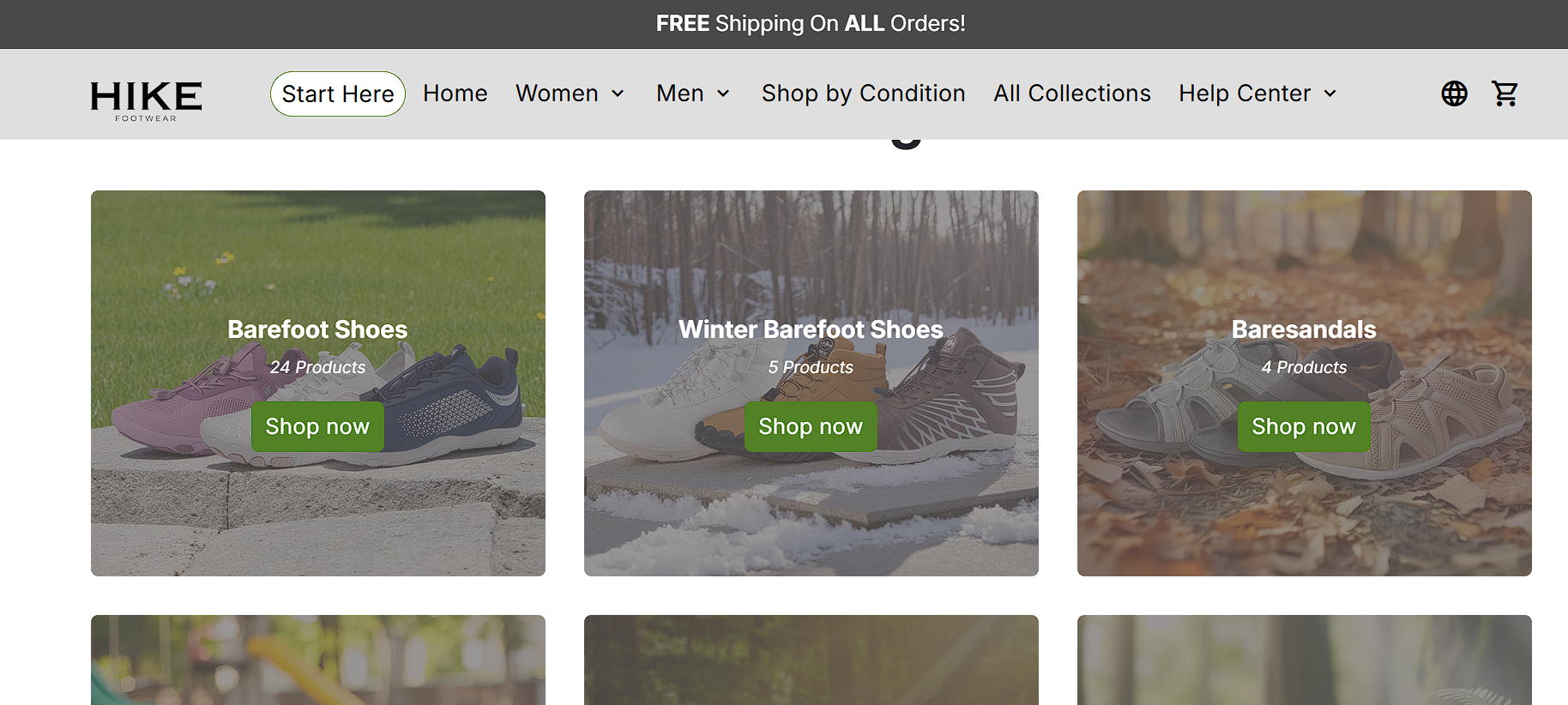
To find out, I sifted through verified buyer feedback from Trustpilot, Amazon, Reddit, and independent forums, alongside the brand’s own claims. What follows isn’t another marketing fluff piece — it’s the kind of honest, research-backed breakdown you’d expect from someone who’s tested and reviewed outdoor gear for over a decade.
What Is Hike Footwear? The Brand’s Big Pitch
Hike Footwear positions itself as a minimalist, barefoot-inspired hiking shoe brand designed to give your feet natural flexibility and improved posture.
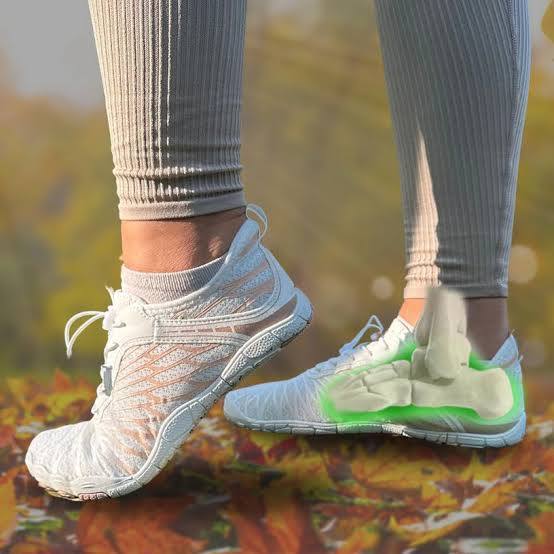
The company’s website highlights:
- A wide toe box to let your toes spread naturally.
- Flexible, thin soles for better ground feel.
- Lightweight construction for all-day comfort.
- Breathable, water-resistant materials for mixed conditions.
- A 30-day money-back guarantee if you’re not satisfied.
It’s an appealing concept — blending natural movement with adventure comfort. But as with most bold promises, the real test is user experience.
Reviews: What Customers Are Actually Saying
Before forming any opinion, it’s worth hearing from those who’ve already taken these shoes to the trails. Across review platforms, feedback on Hike Footwear is deeply divided with strong love from some users and major frustration from others. Here’s the full picture:
Positive reviews mention that the shoes are lightweight, comfortable, and allow natural movement. One user said they “reduced knee pain” and “offered great toe space.”
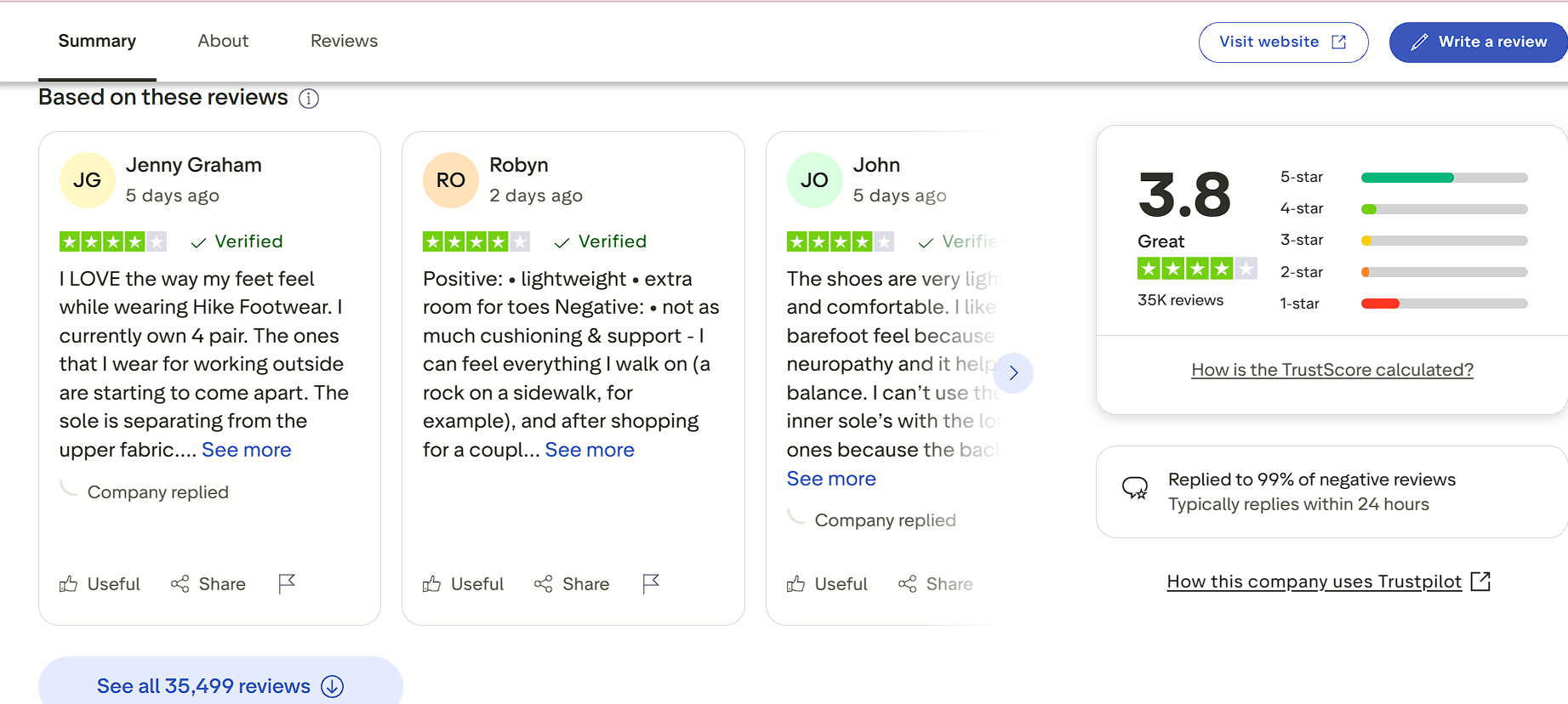
Negative reviews are far more frequent. Customers complain of shipping delays, poor customer service, and difficulty obtaining refunds. Several mention receiving incorrect sizes or low-quality materials that wore out quickly.
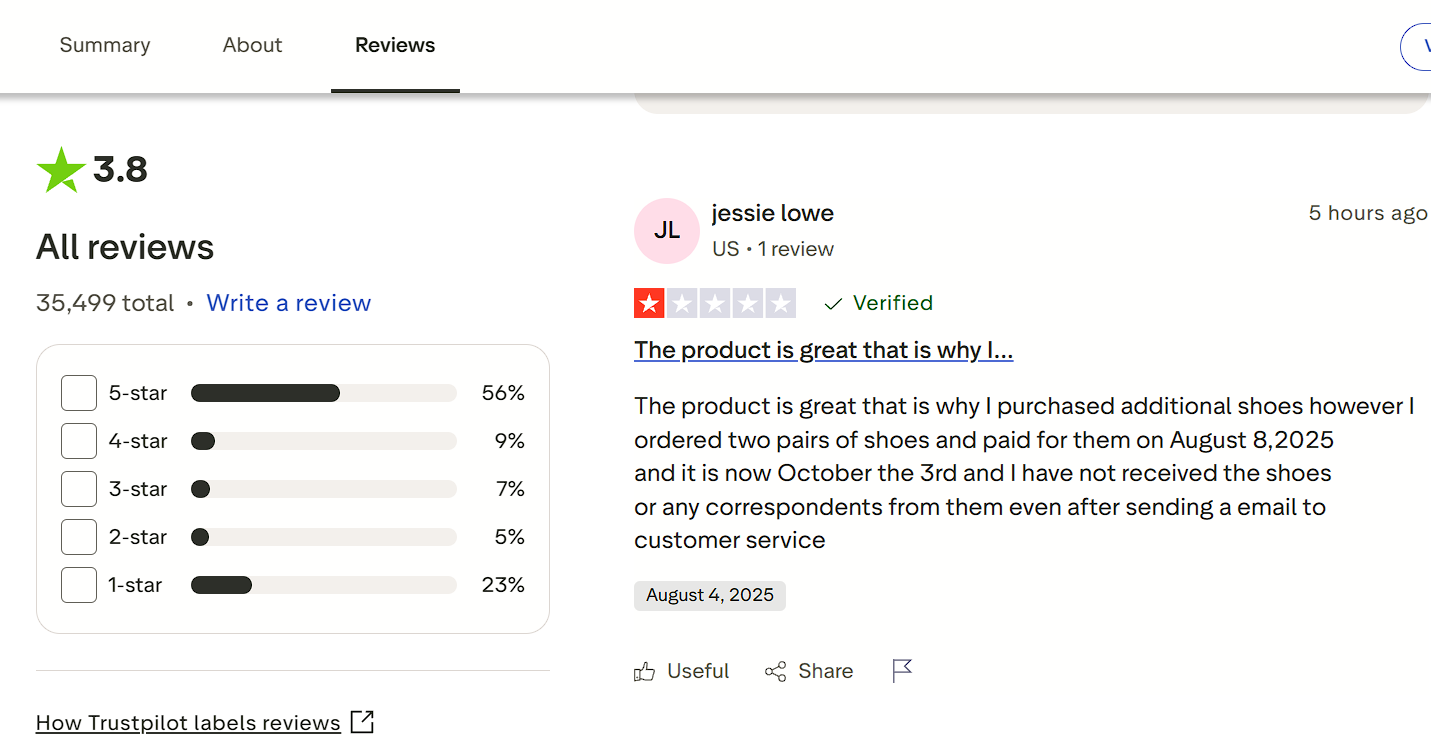
When a brand’s logistics and after-sales experience dominate reviews, that’s a red flag even if some buyers genuinely enjoy the shoes.
- someone said that they’re basically cheap water shoes branded as barefoot shoes. Poor quality and don’t fit right.
- Another user shared a more balanced experience of how it worked out for them.
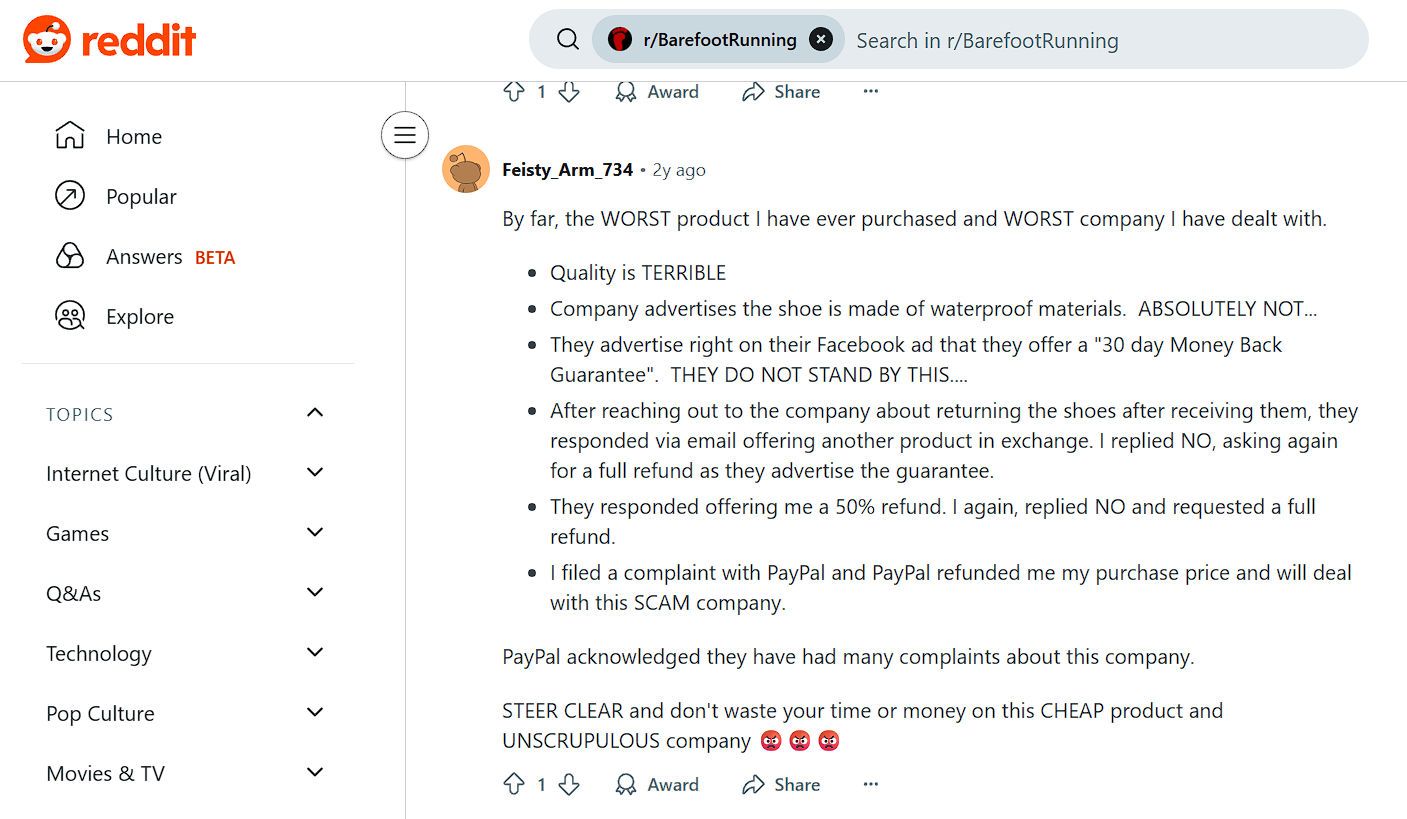
- However, many threads warn that Hike Footwear might simply rebrand generic factory shoes and inflate prices with frequent complaints about late deliveries and inconsistent sizing.
The pattern is clear:
Pros: Lightweight, breathable, natural foot movement, comfort for casual walking.
Cons: Rough insole texture, inconsistent sizing, and a price that feels high for the build quality.
Overall Verdict from Reviews
After analyzing dozens of real-world experiences, a few patterns stand out:
What Users Like
- Natural barefoot feel and flexibility.
- Lightweight, breathable design.
- Toe space that prevents squeezing.
- Comfort for everyday walking and light hikes.
What Users Dislike
- Inconsistent sizing and rough insole finish.
- Durability issues on rocky or wet trails.
- Complicated return and refund processes.
- Delays in shipping and weak customer service.
While some find relief and comfort, many others report frustration. The contrast suggests that quality control and customer care may be the brand’s biggest weak points..
What Hike Footwear Claims vs. What It Delivers
Hike Footwear’s design philosophy centers around “barefoot freedom.” But does the product live up to that vision? Here’s what users consistently say about its core features:
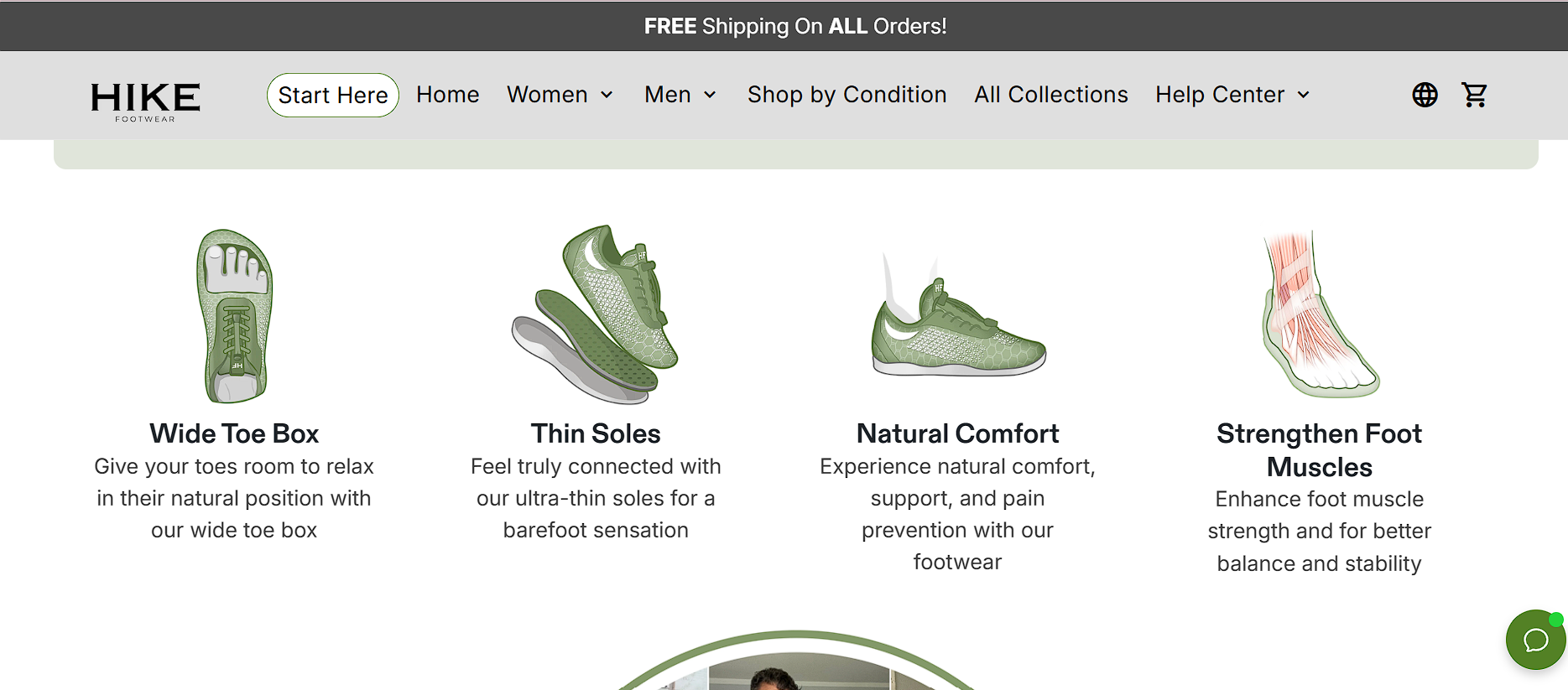
- Wide Toe Box: Allows natural toe spread and improved balance. Some users love this feature, while others find sizing inconsistent.
- Thin, Flexible Sole: Offers great ground feel on smooth terrain but can feel harsh or unprotected on rocky trails.
- Breathable Mesh Upper: Keeps feet cool, though some users report the fabric fraying over time.
- Lightweight Build: Excellent for short hikes and travel. However, it compromises on durability and support.
- Slip-Resistant Outsole: Performs decently on dry surfaces but loses traction when wet.
- 30-Day Return Policy: A good idea in theory, but many customers claim the process is slow or unresponsive.
In essence, Hike Footwear succeeds at comfort and flexibility but struggles with consistency and long-term wear.
When Hike Footwear Works and When It Doesn’t
Best For:
- Light hiking, nature walks, or daily wear.
- Flat or moderately uneven terrain.
- Users already adapted to barefoot or minimalist shoes.
- Those seeking lightweight, travel-friendly footwear.
Not Ideal For:
- Rugged or rocky mountain trails.
- Long backpacking trips with heavy loads.
- Wet or slippery environments.
- Anyone expecting traditional hiking boot support.
If you’re switching from cushioned shoes, transition slowly wear Hike Footwear for short walks first to help your feet adapt.
The Bottom Line
This brand has the right idea freeing your feet to move naturally but the execution needs work. While some customers swear by their comfort, others warn against poor quality and unreliable service.
If you’re minimalist-curious, these shoes might be an affordable way to test the waters. But if you value reliability and durability for serious outdoor adventures, you’ll likely want to look elsewhere.
